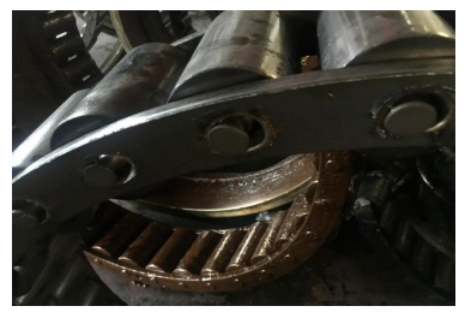
Introduction:FCDP four-row cylindrical roller bearings are operated under high speed, heavy load and alternating load conditions, and their installation, maintenance and inspection are particularly important. Scientific and effective rational use can effectively reduce the fault of bearings in machine operation.
1 Pre-installation work
Cleaning: Use kerosene to clean the bearing box hole and roll neck (bearing inner ring) to ensure cleanliness.
Check: If the machining surface of the bearing box (aperture, gland end face, distance ring) has burrs and convex points, it must be polished with a polishing machine or sandpaper, and cleaned.
Measurement: Before installation, it is necessary to measure the inner diameter of the bearing box and the diameter of the roll, and check whether the bearing box and the diameter of the roll meet the installation requirements (oval, taper). Table 1-3 lists the data basis.
Bearing seat measurement:
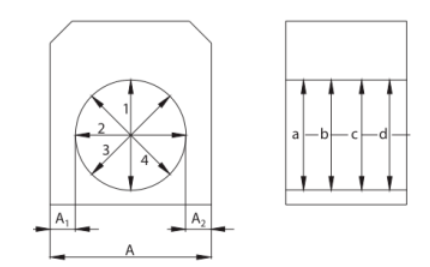
The diameter of the bearing housing is measured at four axial positions (a-b-c-d), each of which is measured in four radial directions, as well as relative positions A1 and A2.

The diameter value of the roll neck is measured at six axial positions (a-b-c-d-e-f), each position is measured in four radial directions. c-d-e is used as the data basis for installing the bearing inner ring, b-a is used as the data basis for installing the auxiliary bearing, and f is used as the data basis for installing the dynamic labyrinth ring.
Table 1 Form and position tolerance of shaft diameter and box hole

Note: For outer diameter > 500mm, the value of half the machining tolerance is used at this time.
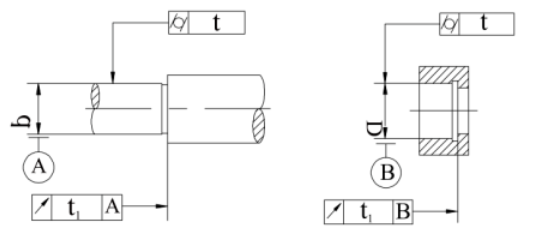
Table 2 Limit deviation of roll neck
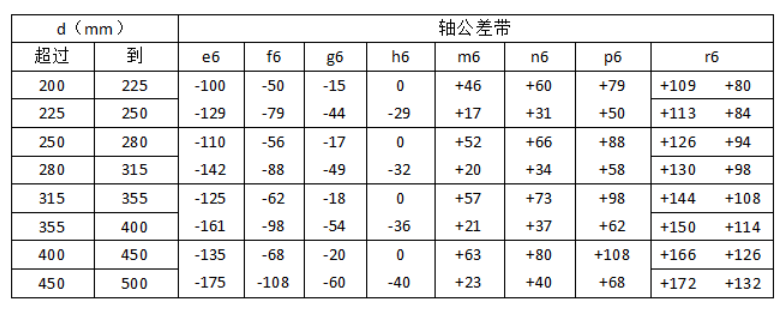
Table 3 Limit deviation of bearing box hole
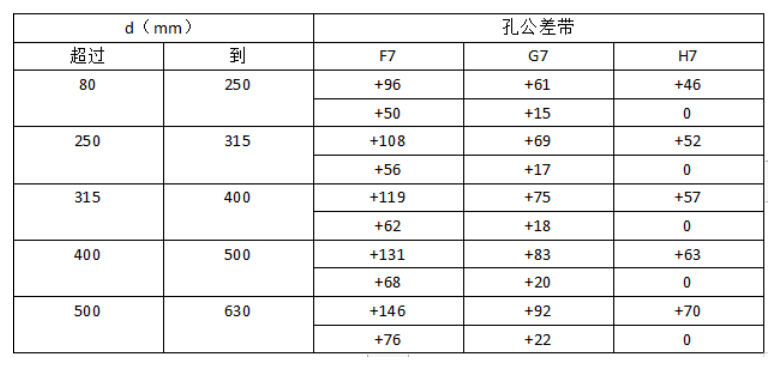
2 Installation details
After the work before installation is completed, unseal the bearings, and carry the unsealed bearings with special (clean) gloves.
Inner ring heating: Heating the inner ring of the bearing (electric induction heater), the heating temperature must be controlled between 80-100 degrees, not more than 120 degrees, to avoid causing material tempering, reduce the bearing's own hardness, affect the service life of the bearing, the temperature reaches the inner ring quickly installed to the roller neck. And squeeze the inner ring end face to apply pressure to relieve the pressure after the inner ring is slightly cooled (to prevent the inner ring from being installed incorrectly and the end face from not fitting with the shaft shoulder)

Assembly of external components: bearing seat bore bore for thin oil lubrication or thin coated with a layer of grease, to protect the bearing diameter and axle box bore in the assembly will not scratch each other, remember that the assembly can not knock the bearing rolling body to transfer force, to choose rubber rod or copper rod on the bearing outer ring end face for appropriate tapping. (Outer ring and bearing box for transition or clearance with slight tapping can be loaded into the box)
Gland assembly: After the outer component is loaded into the box, close the gland and measure the gap between the bearing box gland surface and the box end face with a ruler, then remove the end cover, insert the gasket (metal gasket), the thickness of the gasket should be consistent with the measured gap, and fix the end cover with a fixed bolt.
Oil rotation: After the installation of the outer components, add 2-3L lubricating oil and manually rotate each column of rolling element to ensure smooth rotation;
Closing sleeve: Apply grease to the end face of the inner ring of the roll neck before closing the sleeve to prevent assembly damage. Turn the bearing seat or roll after completing the installation to ensure flexible rotation.
3 Maintenance check
Lubrication, seal inspection
For down-line bearings, check whether the amount of lubricating oil is normal, whether the color of the oil is normal, whether the viscosity is normal, and whether the cleanliness (use your fingers to lay to determine whether there are particles) to ensure that the indicators are intact, and check whether the sealing ring is deformed, cracked at high temperature, damaged gaps, and whether the outer diameter of the waterproof ring corresponding to the lip is worn excessively.
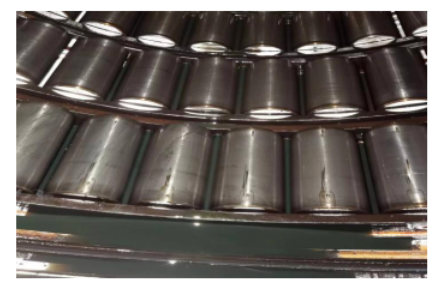
Outer ring inspection
Use the probe to lightly mark the raceway in the bearing area of the outer ring (focusing on the 100° envelope Angle range of the bearing area) to check whether pitting and metal fatigue spalling occur; At the same time, if the disassembly is difficult, it is necessary to check whether the deformation of the outer ring is large.

Inner ring inspection
Check the wear marks on the inner ring surface, check the four rows of raceways on the raceway surface, check whether the force marks are consistent, whether there is a significant serious force wear on the edge column, and check whether the surface of the inner ring is scratched during disassembly, and polish it with fine sandpaper or oil stone in time. If the surface is densely pocked, it is necessary to re-grind the surface twice.

Rolling element inspection
Check the wear marks on the surface of the rolling body. First, check whether there are disassembly scratches on the surface of the rolling body in four rows, and sand it with fine sandpaper or whitetstone in time. Secondly, check and observe whether the end face of the rolling body is worn, and whether the chamfer and the transition of the end face are abnormally worn to determine whether the rolling body is subjected to large axial load and whether the lubrication is sufficient.
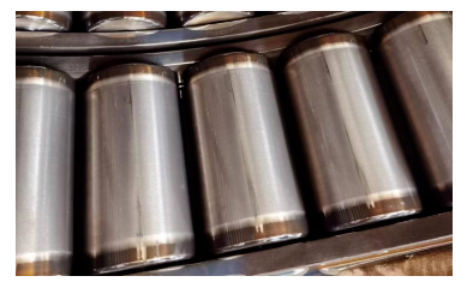
Inspection of cages
The main function of the cage is to evenly split the rolling body on the working track of the inner and outer rings of the bearing, while maintaining the correct running track of the rolling body. Because the rolling mill is reciprocating rolling and starts and stops quickly, the cage is a passive force. The rolling carries out the high-speed operation of the cage, and the cage bears the impact load and shear force. Whether the solder joint cracks open welding and other problems.
